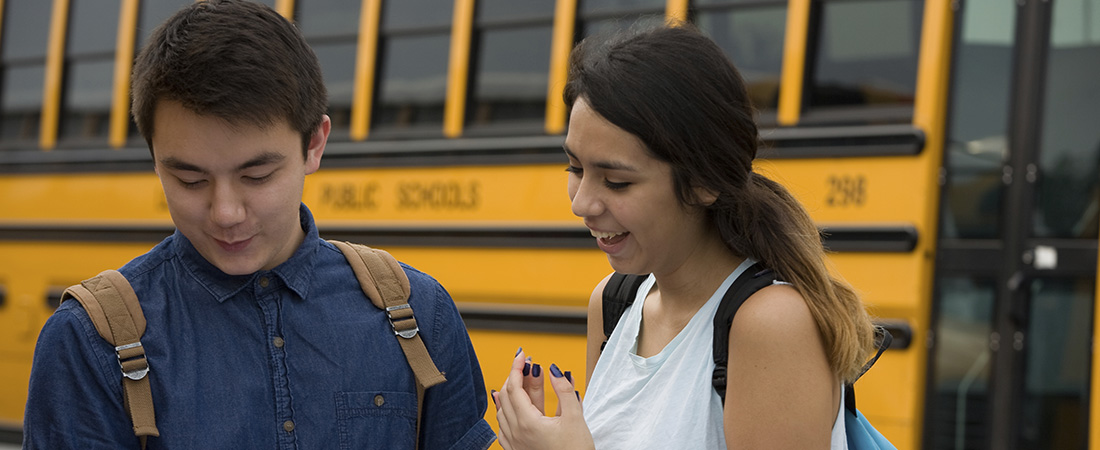With a Little Help from Our Friends

Twitter, the 140-character microblogging tool used by many for social updates, is finding new usefulness as a tool for protecting the public’s health. When the Centers for Disease Control and Prevention issued a listeriosis alert last year, Twitter was the chosen medium.
Such is the role that social media tools are playing in public health today. One hundred and forty characters may not seem like much, but the power of Twitter—and the ubiquitous Facebook—is not in the length of the messages themselves. It’s in the easy way the message is disseminated by people within a network.
Taking advantage of social media’s power to inform a large group of people about a specific issue, more EDC projects are embracing Facebook and Twitter, breaking down barriers between the programs and the people they serve.
Liliya Melnyk is the voice behind the Facebook page of the National Action Alliance for Suicide Prevention, a public-private partnership whose operations are supported by staff at EDC’s Suicide Prevention Resource Center (SPRC). Seven days a week, she shares online resources and posts inspirational quotes that help promote a single message: Suicide is preventable.
In the middle of September, Melnyk posted a video of a suicide survivor talking about his journey to find help. Not 30 minutes later, she saw that someone had commented on her post. “She posted on the page, ‘I lost my sister to suicide, and I am afraid of going down the same path,’” recounted Melnyk. “So I thanked her for reaching out, and gave her a few resources.”
In all, Melnyk provided links to eight different resources. And since this interaction occurred on Facebook, all of the links were there for other people to see—and to use.
This kind of interaction points to another reason why so many public health organizations are flocking to social media: Facebook and Twitter encourage conversation, and they allow for the free flow of information.
Facebook, which used to be the provenance of college students, has turned into a global community of over 800 million active users. And Twitter claims over 100 million active users worldwide.
Since launching its social media campaigns, the Action Alliance’s primary goal has been to raise awareness about its work. “The main effort for this first year has been to connect with a number of different audiences,” says Melnyk. Sometimes, she will share a news article on a topic; other times, she will pose a simple question, such as “How do you plan on staying healthy (in both body and mind) this holiday season?”
Maintaining a critical mass of online followers is a daily commitment of time and effort. But when disaster strikes, these existing social networks may then be leveraged to deliver information quickly.
Such a situation occurred in spring 2010, when the Deepwater Horizon oil spill shut down businesses all along the U.S. Gulf Coast. EDC was contracted by the Substance Abuse and Mental Health Services Administration to help residents in the affected areas find out about available mental health services. Again, social media got the call.
A team of EDC writers began by building a website to provide mental health tips and resources. Then they worked with the Ad Council and a social media partner, Emotion Technology, to disseminate those resources to affected residents. They used Facebook and Twitter to help spread word of EDC’s resources throughout the Gulf Coast.
“We identified schools as a logical starting place,” says EDC’s Kim Netter. “We figured that schools could share this information with parents and teachers, and we encouraged schools to post links to the Oil Spill Distress website, Facebook, and Twitter on their own websites.”
But she cautions that social media is not a panacea. Campaigns also need organization and a clear, consistent message; when those elements are lacking, real opportunities for connecting people and the information they need are lost.
Netter remains optimistic about the role social media can play and is already thinking about the ways that she can use tools such as Facebook and Twitter to support future projects. “We’ll be able to share these mental health resources immediately when the next flood, hurricane, earthquake, or oil spill happens,” she says. “It just works.”
